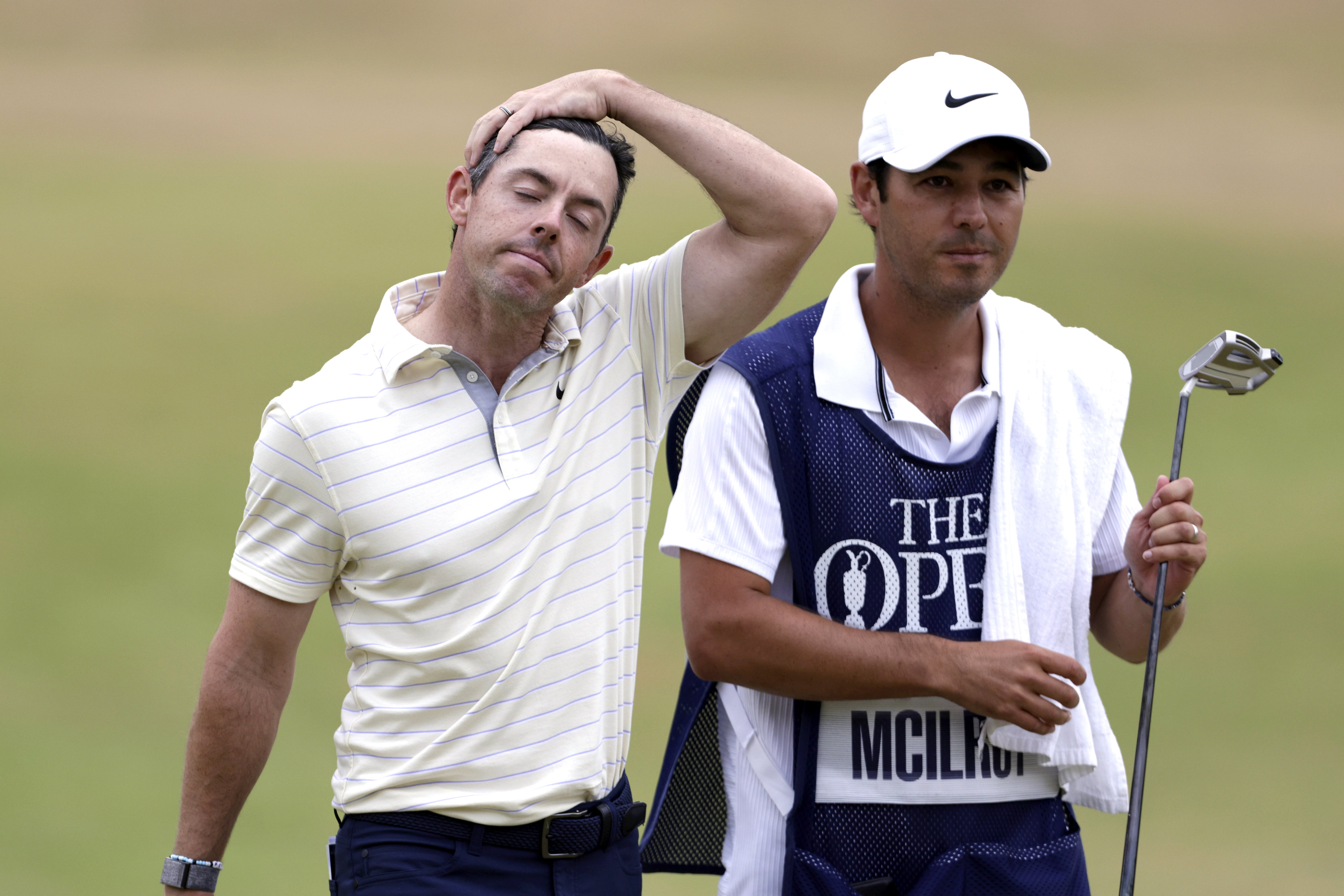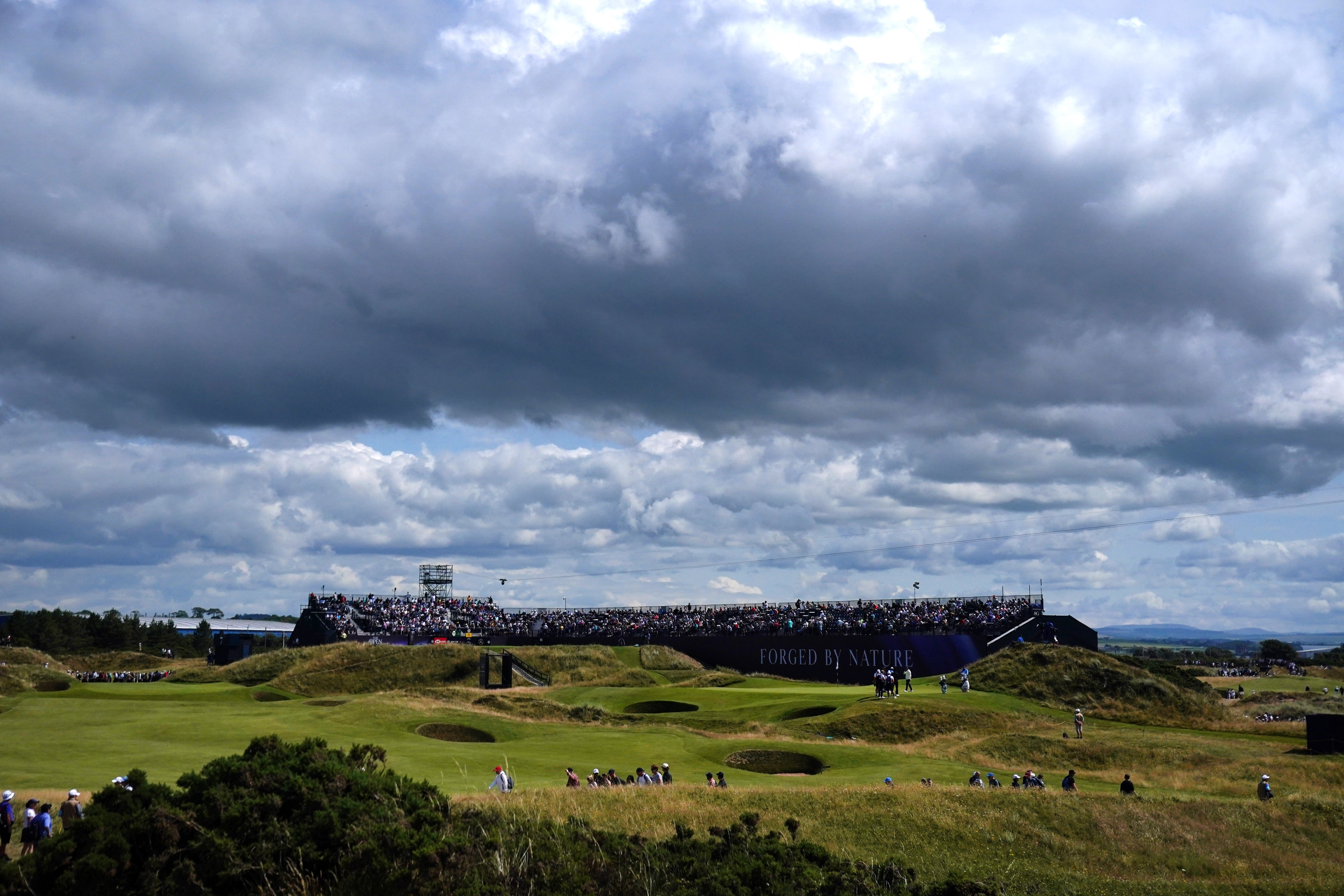This website uses cookies so that we can provide you with the best user experience possible. Cookie information is stored in your browser and performs functions such as recognising you when you return to our website and helping our team to understand which sections of the website you find most interesting and useful.
Support truly
independent journalism
Our mission is to deliver unbiased, fact-based reporting that holds power to account and exposes the truth.
Whether $5 or $50, every contribution counts.
Support us to deliver journalism without an agenda.

Louise Thomas
Editor
In a 158-man field it would be a stretch to suggest all eyes will be on Rory McIlroy in the 152nd Open at Royal Troon, but maybe not much of one.
One of the game’s biggest draws at the best of times, McIlroy is arguably an even greater subject of interest at the worst of times, in this instance his agonising failure to end his long major drought in last month’s US Open.
Briefly two shots ahead on the back nine in the final round at Pinehurst, McIlroy bogeyed three of the last four holes – crucially missing short putts on the 16th and 18th – to finish a shot behind Bryson DeChambeau, who conjured a brilliant par save from a bunker on the last.
The look on McIlroy’s face as he realised his hopes of a play-off had gone were worth a thousand words, which was just as well as he left the course moments later without congratulating DeChambeau or speaking to the media.
“I said hello to him yesterday (Monday) and we talked,” DeChambeau said at Troon. “He said congrats so everything’s great there.
“He’s a fierce competitor. I know he’s going to give the fans as much as he can this week. I’m going to be doing the same. We’re going to be competing. Hopefully it will be another good battle.”
After three weeks off, McIlroy returned to action with a tie for fourth in last week’s Scottish Open and has been keen to reframe what happened at Pinehurst in a positive light.
The world No 2 rightly pointed out that, between 2015 and 2020, he had few genuine chances to win a major, despite racking up numerous top 10s.

That changed in the 2022 Open at St Andrews when he shared the 54-hole lead and covered his first 10 holes of round four in two under par before the birdies dried up and he was overhauled by Cameron Smith’s 64.
In last year’s US Open, McIlroy birdied the first hole during the final round at Los Angeles Country Club to briefly hold a share of the lead, but would not make another and ultimately finished one shot behind Wyndham Clark.
At Pinehurst there were plenty of birdies, including four in five holes from the ninth, before those short missed putts – from two feet and six inches on the 16th and three feet and nine inches on the last – which Sir Nick Faldo believes will “haunt” McIlroy for ever.
“I’d much rather have these close calls. It means that I’m getting closer,” McIlroy insisted.
Whether that is true or not, McIlroy can draw on the memories of his tie for fifth the last time the Open was staged at Troon, albeit a country mile behind winner Henrik Stenson and runner-up Phil Mickelson, as he bids to lift the Claret Jug for the second time.

The addition of 22 yards since 2016 has seen the sixth hole – thankfully usually played downwind – regain its status as the longest on the Open rota, with the shortest – the 123-yard Postage Stamp with its Coffin Bunker – coming two holes later and arguably posing a far bigger test.
“It’s basically a tale of two nines on this course,” McIlroy said. “You feel like you have to make your score on the way out and then sort of hang on coming in.”
Or, as DeChambeau put it: “That back nine has some teeth.”
Identifying which of the 158 players will emerge unscathed on Sunday evening promises to be fascinating viewing.



 Africana55 Radio
Africana55 Radio 
